HSBC 2002 Annual Report Download - page 199
Download and view the complete annual report
Please find page 199 of the 2002 HSBC annual report below. You can navigate through the pages in the report by either clicking on the pages listed below, or by using the keyword search tool below to find specific information within the annual report.-
 1
1 -
 2
2 -
 3
3 -
 4
4 -
 5
5 -
 6
6 -
 7
7 -
 8
8 -
 9
9 -
 10
10 -
 11
11 -
 12
12 -
 13
13 -
 14
14 -
 15
15 -
 16
16 -
 17
17 -
 18
18 -
 19
19 -
 20
20 -
 21
21 -
 22
22 -
 23
23 -
 24
24 -
 25
25 -
 26
26 -
 27
27 -
 28
28 -
 29
29 -
 30
30 -
 31
31 -
 32
32 -
 33
33 -
 34
34 -
 35
35 -
 36
36 -
 37
37 -
 38
38 -
 39
39 -
 40
40 -
 41
41 -
 42
42 -
 43
43 -
 44
44 -
 45
45 -
 46
46 -
 47
47 -
 48
48 -
 49
49 -
 50
50 -
 51
51 -
 52
52 -
 53
53 -
 54
54 -
 55
55 -
 56
56 -
 57
57 -
 58
58 -
 59
59 -
 60
60 -
 61
61 -
 62
62 -
 63
63 -
 64
64 -
 65
65 -
 66
66 -
 67
67 -
 68
68 -
 69
69 -
 70
70 -
 71
71 -
 72
72 -
 73
73 -
 74
74 -
 75
75 -
 76
76 -
 77
77 -
 78
78 -
 79
79 -
 80
80 -
 81
81 -
 82
82 -
 83
83 -
 84
84 -
 85
85 -
 86
86 -
 87
87 -
 88
88 -
 89
89 -
 90
90 -
 91
91 -
 92
92 -
 93
93 -
 94
94 -
 95
95 -
 96
96 -
 97
97 -
 98
98 -
 99
99 -
 100
100 -
 101
101 -
 102
102 -
 103
103 -
 104
104 -
 105
105 -
 106
106 -
 107
107 -
 108
108 -
 109
109 -
 110
110 -
 111
111 -
 112
112 -
 113
113 -
 114
114 -
 115
115 -
 116
116 -
 117
117 -
 118
118 -
 119
119 -
 120
120 -
 121
121 -
 122
122 -
 123
123 -
 124
124 -
 125
125 -
 126
126 -
 127
127 -
 128
128 -
 129
129 -
 130
130 -
 131
131 -
 132
132 -
 133
133 -
 134
134 -
 135
135 -
 136
136 -
 137
137 -
 138
138 -
 139
139 -
 140
140 -
 141
141 -
 142
142 -
 143
143 -
 144
144 -
 145
145 -
 146
146 -
 147
147 -
 148
148 -
 149
149 -
 150
150 -
 151
151 -
 152
152 -
 153
153 -
 154
154 -
 155
155 -
 156
156 -
 157
157 -
 158
158 -
 159
159 -
 160
160 -
 161
161 -
 162
162 -
 163
163 -
 164
164 -
 165
165 -
 166
166 -
 167
167 -
 168
168 -
 169
169 -
 170
170 -
 171
171 -
 172
172 -
 173
173 -
 174
174 -
 175
175 -
 176
176 -
 177
177 -
 178
178 -
 179
179 -
 180
180 -
 181
181 -
 182
182 -
 183
183 -
 184
184 -
 185
185 -
 186
186 -
 187
187 -
 188
188 -
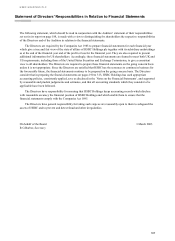 189
189 -
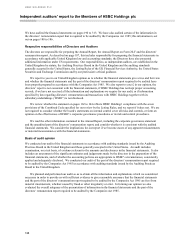 190
190 -
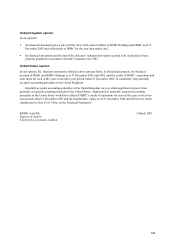 191
191 -
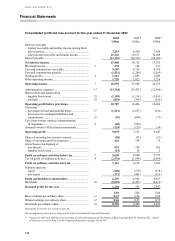 192
192 -
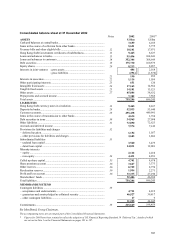 193
193 -
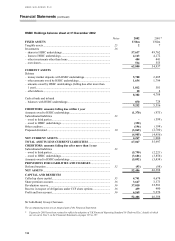 194
194 -
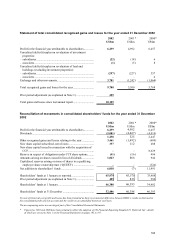 195
195 -
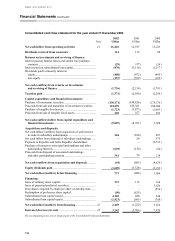 196
196 -
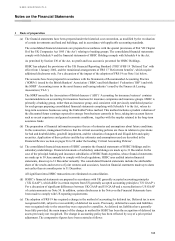 197
197 -
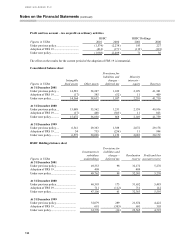 198
198 -
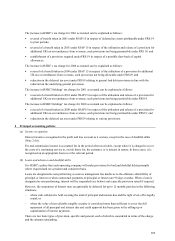 199
199 -
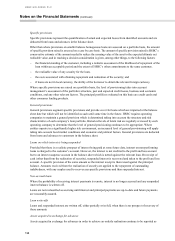 200
200 -
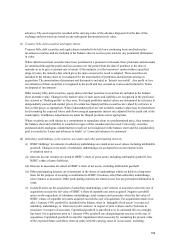 201
201 -
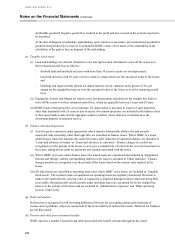 202
202 -
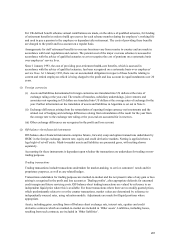 203
203 -
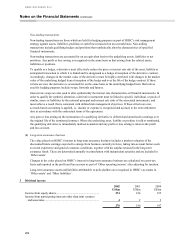 204
204 -
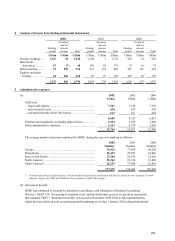 205
205 -
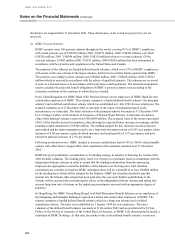 206
206 -
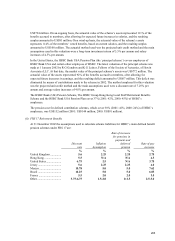 207
207 -
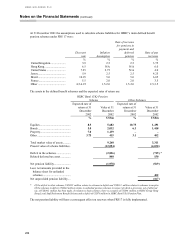 208
208 -
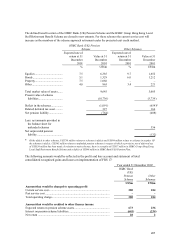 209
209 -
 210
210 -
 211
211 -
 212
212 -
 213
213 -
 214
214 -
 215
215 -
 216
216 -
 217
217 -
 218
218 -
 219
219 -
 220
220 -
 221
221 -
 222
222 -
 223
223 -
 224
224 -
 225
225 -
 226
226 -
 227
227 -
 228
228 -
 229
229 -
 230
230 -
 231
231 -
 232
232 -
 233
233 -
 234
234 -
 235
235 -
 236
236 -
 237
237 -
 238
238 -
 239
239 -
 240
240 -
 241
241 -
 242
242 -
 243
243 -
 244
244 -
 245
245 -
 246
246 -
 247
247 -
 248
248 -
 249
249 -
 250
250 -
 251
251 -
 252
252 -
 253
253 -
 254
254 -
 255
255 -
 256
256 -
 257
257 -
 258
258 -
 259
259 -
 260
260 -
 261
261 -
 262
262 -
 263
263 -
 264
264 -
 265
265 -
 266
266 -
 267
267 -
 268
268 -
 269
269 -
 270
270 -
 271
271 -
 272
272 -
 273
273 -
 274
274 -
 275
275 -
 276
276 -
 277
277 -
 278
278 -
 279
279 -
 280
280 -
 281
281 -
 282
282 -
 283
283 -
 284
284 -
 285
285 -
 286
286 -
 287
287 -
 288
288 -
 289
289 -
 290
290 -
 291
291 -
 292
292 -
 293
293 -
 294
294 -
 295
295 -
 296
296 -
 297
297 -
 298
298 -
 299
299 -
 300
300 -
 301
301 -
 302
302 -
 303
303 -
 304
304 -
 305
305 -
 306
306 -
 307
307 -
 308
308 -
 309
309 -
 310
310 -
 311
311 -
 312
312 -
 313
313 -
 314
314 -
 315
315 -
 316
316 -
 317
317 -
 318
318 -
 319
319 -
 320
320 -
 321
321 -
 322
322 -
 323
323 -
 324
324 -
 325
325 -
 326
326 -
 327
327 -
 328
328 -
 329
329
 |
 |

197
The increase in HSBC’ s tax charge for 2001 as restated can be explained as follows:
• reversal of benefit taken in 2001 under SSAP 15 in respect of deferred tax assets attributable under FRS 19
to prior periods;
• reversal of a benefit taken in 2001 under SSAP 15 in respect of the utilisation and release of a provision for
additional UK tax on remittances from overseas, such provisions not being permissible under FRS 19; and
• establishment of a provision required under FRS 19 in respect of a possible claw-back of capital
allowances.
The increase in HSBC’ s tax charge for 2000 as restated can be explained as follows:
• reversal of a benefit taken in 2000 under SSAP 15 in respect of the utilisation of a provision for additional
UK tax on remittances from overseas, such provisions not being allowable under FRS19; and
• reduction in the deferred tax asset under FRS19 relating to general bad debt provisions in line with the
reduction in the underlying general provisions.
The increase in HSBC Holdings’ tax charge for 2001 as restated can be explained as follows:
• reversal of a benefit taken in 2001 under SSAP15 in respect of the utilisation and release of a provision for
additional UK tax on remittances from overseas, such provisions not being permissible under FRS19.
The increase in HSBC Holdings’ tax charge for 2000 as restated can be explained as follows:
• reversal of a benefit taken in 2000 under SSAP15 in respect of the utilisation and release of a provision for
additional UK tax on remittances from overseas, such provisions not being permissible under FRS19; and
• reduction in the deferred tax asset under FRS19 relating to various provisions.
2 Principal accounting policies
(a) Income recognition
Interest income is recognised in the profit and loss account as it accrues, except in the case of doubtful debts
(Note 2 (b)).
Fee and commission income is accounted for in the period when receivable, except where it is charged to cover
the costs of a continuing service to, or risk borne for, the customer, or is interest in nature. In these cases, it is
recognised on an appropriate basis over the relevant period.
(b) Loans and advances and doubtful debts
It is HSBC’ s policy that each operating company will make provisions for bad and doubtful debts promptly
where required and on a prudent and consistent basis.
Loans are designated as non-performing as soon as management has doubts as to the ultimate collectibility of
principal or interest or when contractual payments of principal or interest are 90 days overdue. When a loan is
designated as non-performing, interest will be suspended (see below) and a specific provision raised if required.
However, the suspension of interest may exceptionally be deferred for up to 12 months past due in the following
situations:
− where cash collateral is held covering the total of principal and interest due and the right of set-off is legally
sound; or
− where the value of net realisable tangible security is considered more than sufficient to cover the full
repayment of all principal and interest due and credit approval has been given to the rolling-up or
capitalisation of interest payments.
There are two basic types of provision, specific and general, each of which is considered in terms of the charge
and the amount outstanding.
